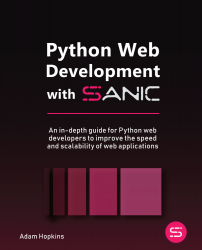Paths, slashes, and why they matter
Way back in the stone age when the internet was invented, if you navigated to a URL, you were literally being delivered a file that existed on a computer somewhere. If you asked for /path/to/something.html, the server would look in the /path/to directory for a file called something.html. If that file existed, it would send it to you.
While this does still exist, times have certainly changed for many applications. The internet is still largely based upon this premise, but often a generated document is sent instead of a static document. It is helpful to still keep this mental model in your head though. Thinking that a path on your API should lead to a resource of some kind will keep you away from certain API design flaws. Let's look at an example:
/path/to/create_something << BAD /path/to/something << GOOD
Your URI paths should use nouns, not verbs. If we want...



